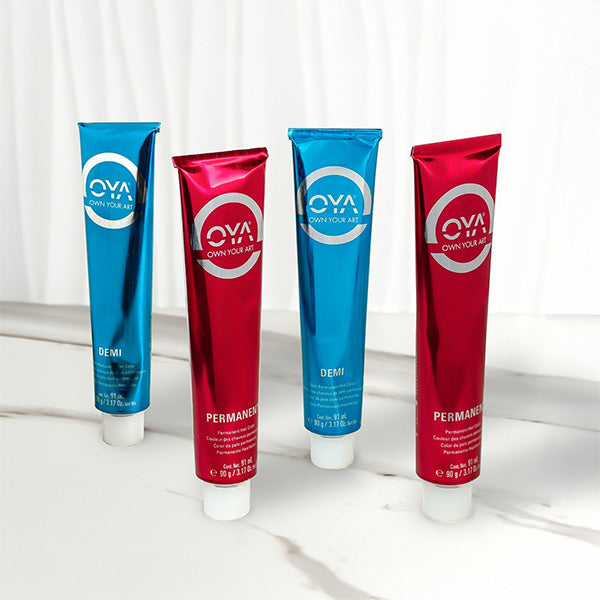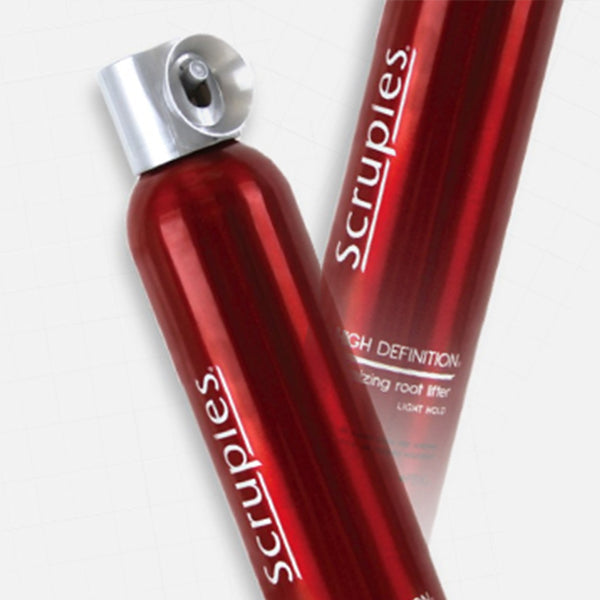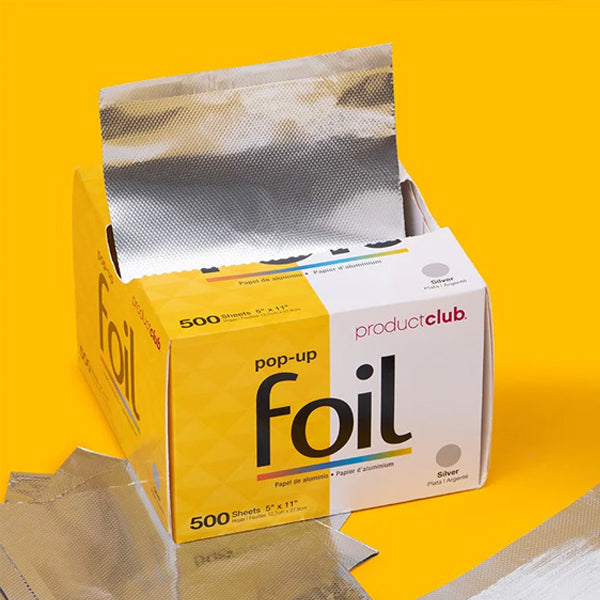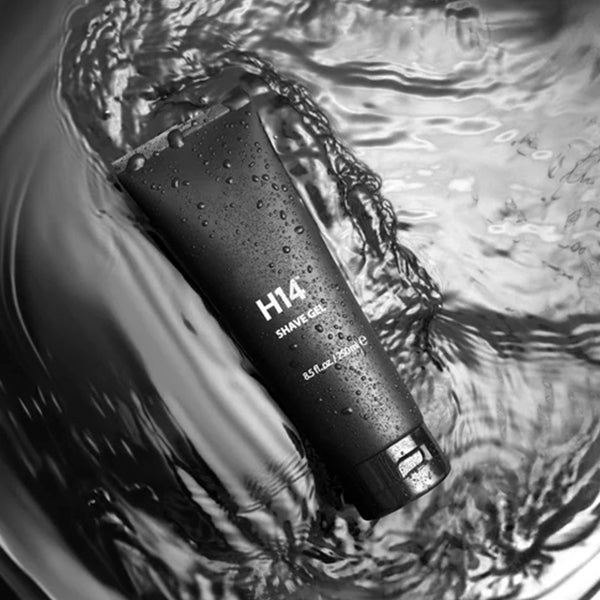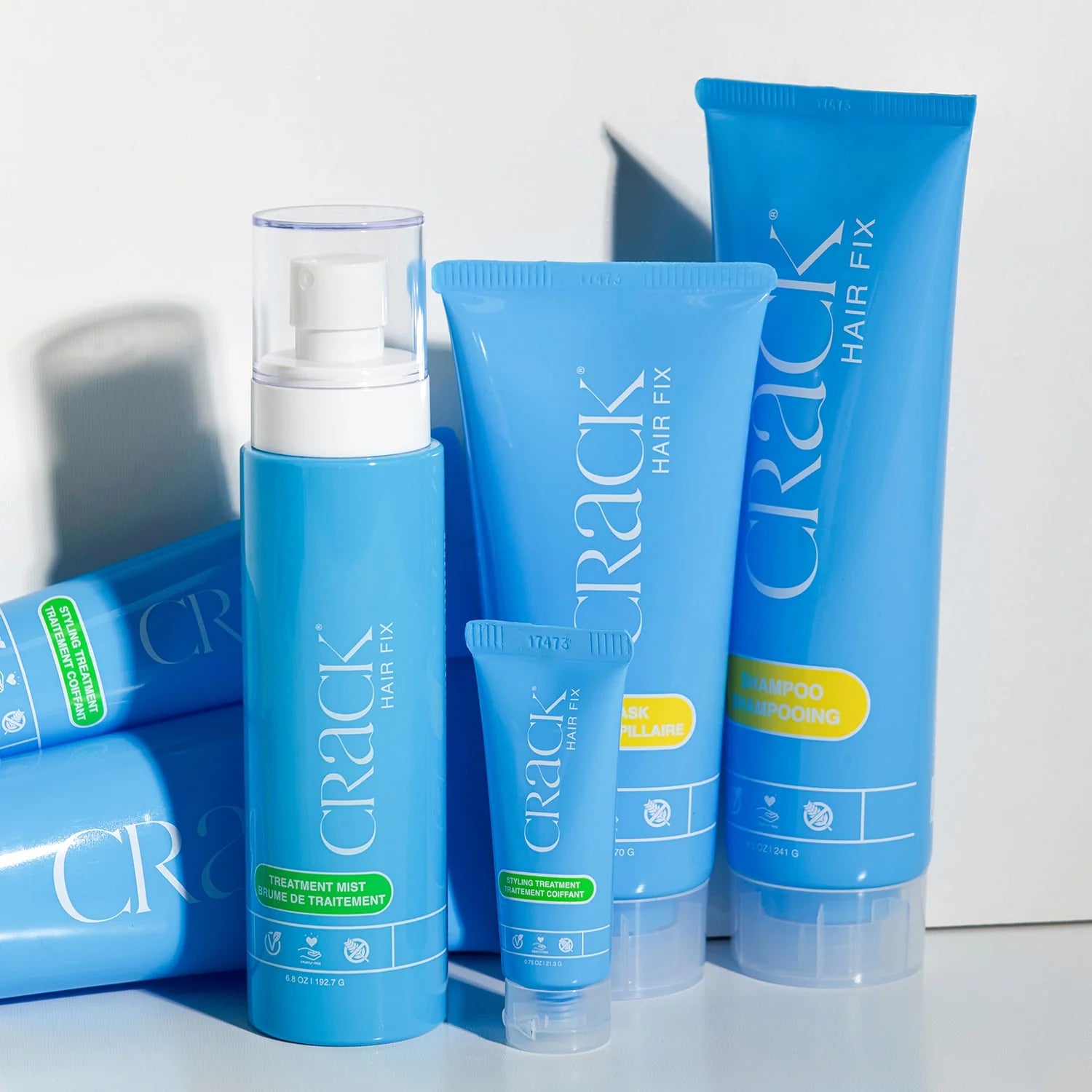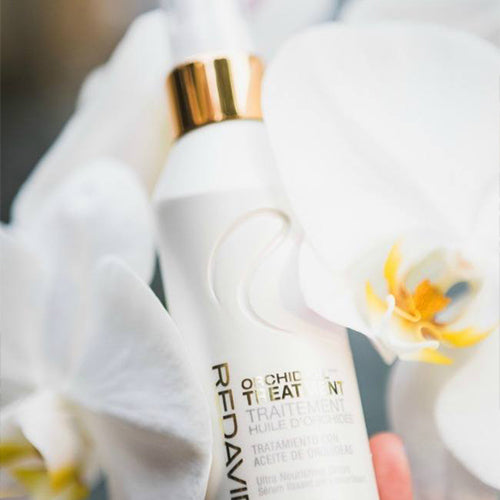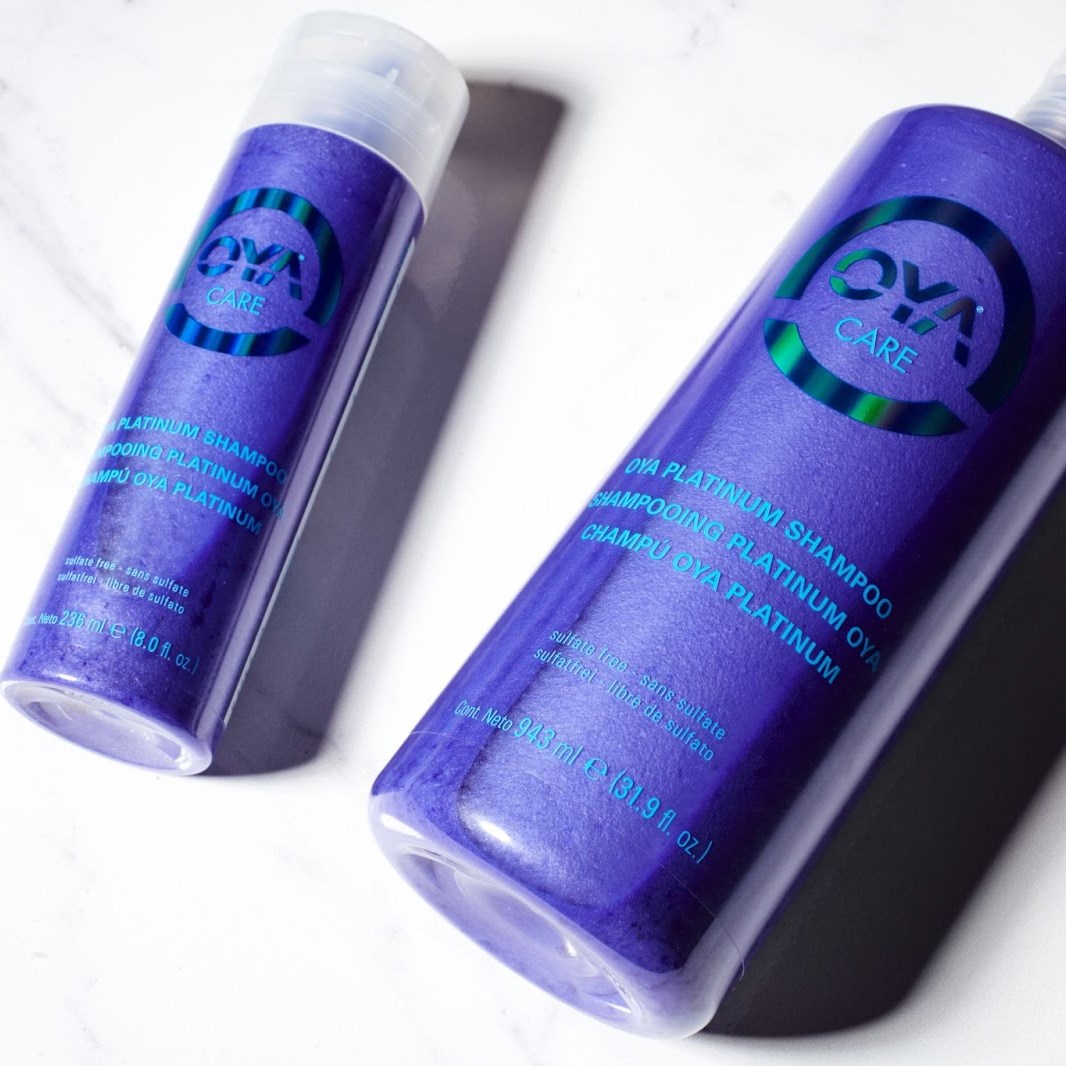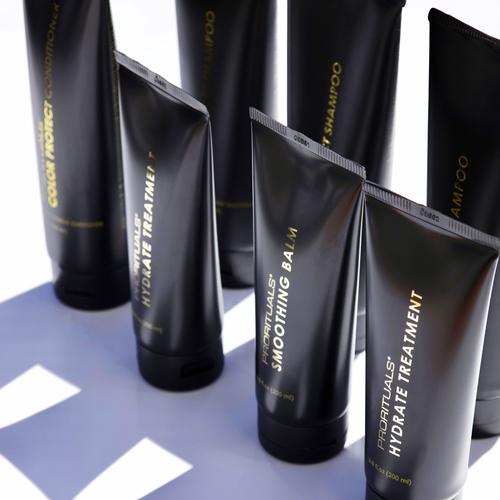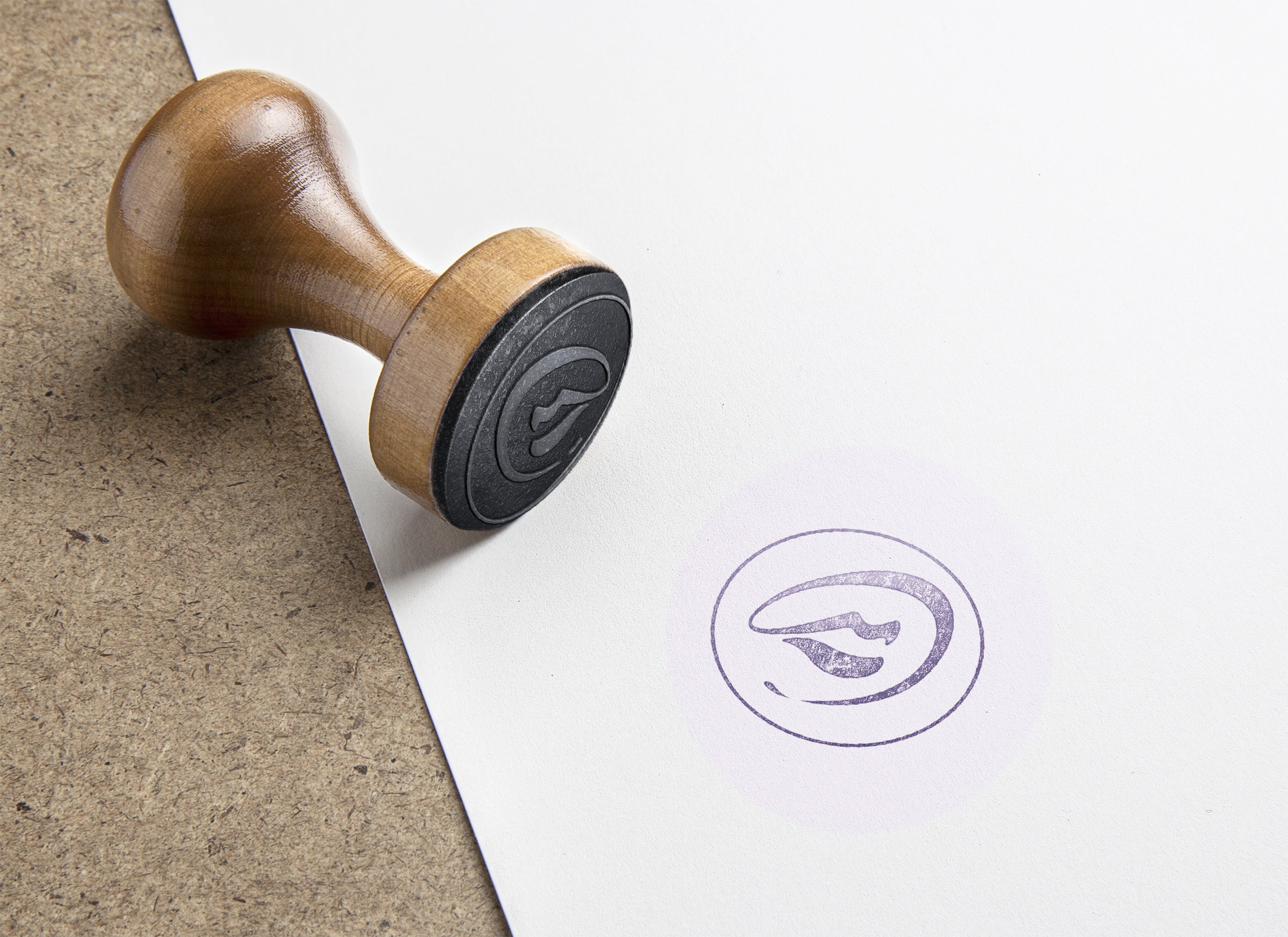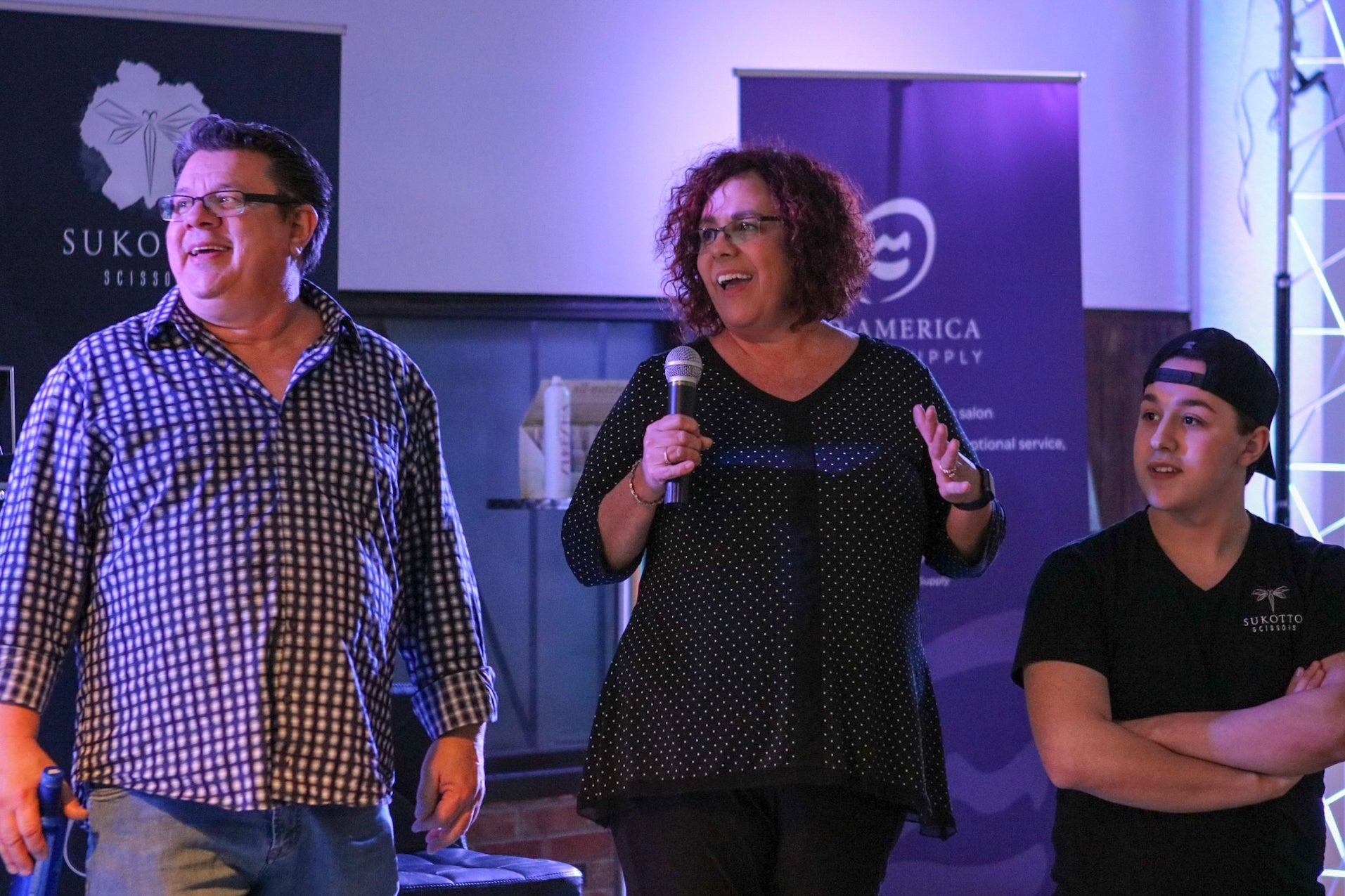Heat Mapping: Identifying the Overstyled Zones in Your Client’s Routine
Breakage isn’t always caused by bleach or brushing—it’s often the result of repeated, focused heat in the same spot, day after day. As stylists, we can usually spot the signs: midshaft fray, faded tone in odd areas, or that one crispy fringe section no product seems to fix. Learning how to “heat map” the hair—visually and through conversation—lets you pinpoint the overstressed zones and give targeted advice that actually makes a difference.
1. Spotting the Clues: What Damage Looks Like by Area
-
Front sections or fringe: Often brittle, faded, or frayed midshaft to ends. Usually the first area clients attack with a flat iron.
-
Crown: Can be dry, dull, or breaking in shorter, stubby lengths. Caused by round-brush overuse or repeated high-heat blow-drying.
-
Nape: Sometimes shows excessive dryness or discoloration from curling iron heat concentrated too long.
-
Midshaft bands: A dead giveaway for mid-length styling without a proper heat protectant—especially in layered cuts.
Tip: Check for discoloration, split fibers, or rough texture that doesn’t match the rest of the head. If it’s isolated, heat is the likely culprit.
2. Ask the Right Questions—Without Blame
Avoid making the client feel like they’ve done something wrong. Instead, guide the conversation with curiosity:
-
“Tell me about your daily styling—do you usually straighten all of it or just the front?”
-
“When you curl it, do you go root to end or just the midsection?”
-
“What setting is your iron usually on?”
Even confident clients often realize mid-conversation that they’re unintentionally overusing heat in one specific spot.
3. Customize Your Repair Strategy Based on the Zone
Once you've mapped the heat stress, your recommendations can be far more effective:
-
For midshaft bands: Recommend a reparative midshaft-only mask at home and educate on sectioning to avoid over-layering heat.
-
For crispy face-framing: Suggest alternate styling techniques, like air-drying with a diffuser or using velcro rollers to lift volume without repeated flat ironing.
-
For crown damage: Emphasize changing the direction of blow-dry passes, reducing tension, and using lower heat with a nozzle.
4. Adjust Color and Cut Plans Accordingly
When heat-damaged zones are present:
-
Avoid overlapping bleach in those areas—switch to foilyage or root melts.
-
Rethink perimeter length if the damage is causing frayed silhouette lines.
-
Adjust toners: overly porous heat zones grab tone faster and shift unevenly.
Your strategy needs to work with the canvas—not against the wear it’s already endured.
5. Give Clients “Heat Break” Homework
Rather than asking them to completely stop using heat (which most won’t), suggest realistic shifts:
-
“Skip heat one day a week—let your hair air dry and use a conditioning balm instead.”
-
“Next time you curl, leave the front sections out and use a texturizing spray instead.”
Small, targeted changes are easier for clients to follow—and still make a noticeable difference.


